Retro Replay Review
Gameplay
Bumble Games delivers a varied mix of six mini-games, each designed to reinforce basic graphing and coordinate skills for children aged 4–10. The “Find Your Number” challenge introduces simple guessing mechanics, where learners deduce whether their chosen number is too high or too low. This gentle introduction to numerical comparison is both intuitive and rewarding, as kids quickly grasp the cause-and-effect nature of their guesses.
(HEY YOU!! We hope you enjoy! We try not to run ads. So basically, this is a very expensive hobby running this site. Please consider joining us for updates, forums, and more. Network w/ us to make some cash or friends while retro gaming, and you can win some free retro games for posting. Okay, carry on 👍)
Several of the games—“Find the Bumble,” “Butterfly Hunt,” and “Visit From Space”—use grid-based coordinate searches on 4×4 or 5×5 boards. By entering x,y coordinates and interpreting directional clues, children practice spatial awareness and logical deduction. Each unsuccessful guess prompts a clear hint (e.g., “too far left” or “above”), turning every attempt into a learning moment rather than mere trial and error.
For a dash of competitive fun, “Tic Tac Toc” adapts classic tic-tac-toe to a 5×5 grid with a four-in-a-row win condition. This multiplayer option encourages children to plan ahead and anticipate opponents’ moves. Finally, “Bumble Dots” opens up creative exploration on an 11×11 grid: kids connect dots to reveal predefined images or invent their own drawings, reinforcing coordinate plotting while nurturing artistic expression.
Graphics
Bumble Games sports a bright, cheerful art style that caters perfectly to its young audience. The user interface employs large, clearly marked buttons and legible fonts, ensuring that even novice readers can navigate the menus with ease. Each grid is displayed with bold lines and high-contrast colors so that coordinate points stand out instantly.
The character design of Bumble and friends is charmingly simple yet expressive, lending personality to each activity. Directional arrows and clue indicators are accentuated with friendly animations—like Bumble wiggling in excitement—making feedback engaging rather than punitive. Even the spaceman cousin in “Visit From Space” appears in a fun cartoonish suit to keep the mood light and imaginative.
“Bumble Dots” showcases the most intricate visuals, automatically filling completed drawings with vivid colors. This visual payoff feels particularly gratifying for kids who enjoy immediate results. Overall, the clean layouts and vibrant palettes work together to maintain attention and prevent visual clutter, perfectly balancing educational clarity with playful appeal.
Story
While Bumble Games isn’t narrative-heavy, it weaves a gentle throughline that ties its mini-games together. Children take on the role of Bumble’s curious apprentice, helping the lovable creature solve simple mysteries and complete tasks in each level. This mentor-student dynamic creates a sense of partnership, motivating young learners to press on.
Subtle storytelling elements—like Bumble’s cousin landing from space or the missing butterfly crying out for rescue—add whimsy to otherwise straightforward logic puzzles. These light plot points encourage kids to view each challenge as part of a broader adventure rather than isolated exercises. The repetition of Bumble’s cheerful encouragement after every success reinforces positive learning associations.
Even in “Tic Tac Toc,” players aren’t just moving X’s and O’s; they’re engaging in friendly rivalry under Bumble’s watchful eye. The narrative thread remains consistent: help Bumble and friends achieve their goals, whether that’s locating a hidden friend or completing a beautiful dot drawing. This cohesion makes the experience feel more unified and purpose-driven.
Overall Experience
Bumble Games strikes a harmonious balance between education and entertainment. Its array of mini-games keeps the experience fresh, preventing boredom during repetitive skill-building. Parents and educators will appreciate the scaffolded difficulty, as each level introduces slightly more complex coordinate work without overwhelming young players.
The game’s pacing is well-considered: brief sessions can focus on one or two games, while longer playtimes allow children to explore all six activities. Progress is self-guided, and there’s no penalty for failure—every incorrect guess simply yields another clue. This low-stress approach fosters confidence, encouraging kids to keep experimenting and learning.
Overall, Bumble Games offers an engaging introduction to graphing concepts wrapped in a friendly, colorful package. It’s ideal for home use, classroom supplements, or even quiet screen time on the go. With its combination of clear graphics, supportive feedback, and a touch of playful story, Bumble Games provides both value and enjoyment for its target audience.
 Retro Replay Retro Replay gaming reviews, news, emulation, geek stuff and more!
Retro Replay Retro Replay gaming reviews, news, emulation, geek stuff and more!
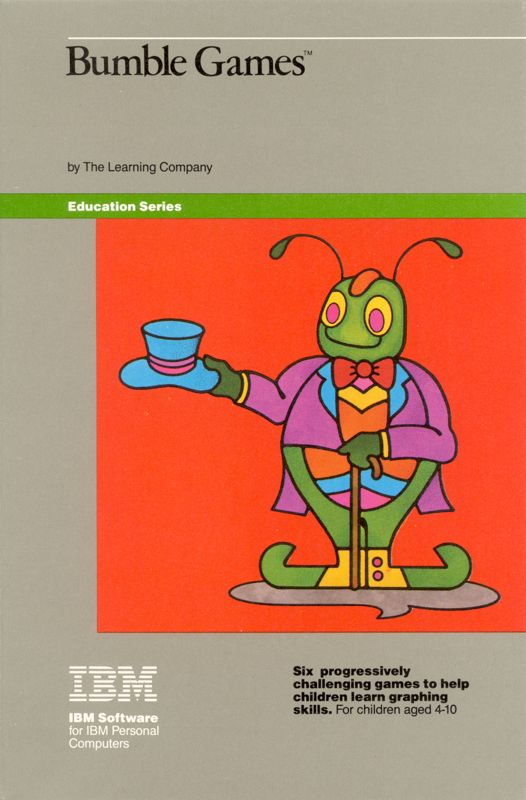
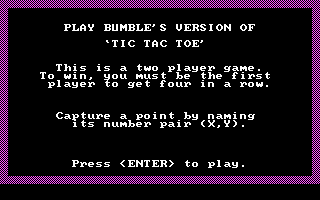
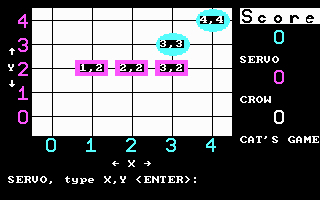
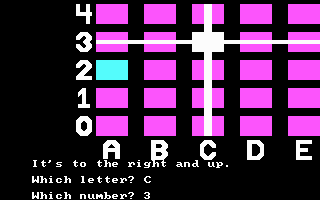
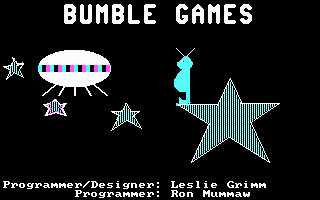
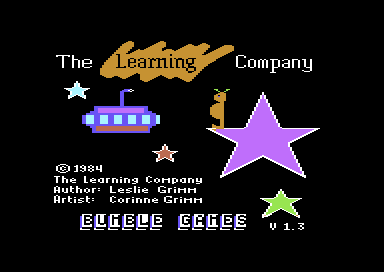



Reviews
There are no reviews yet.